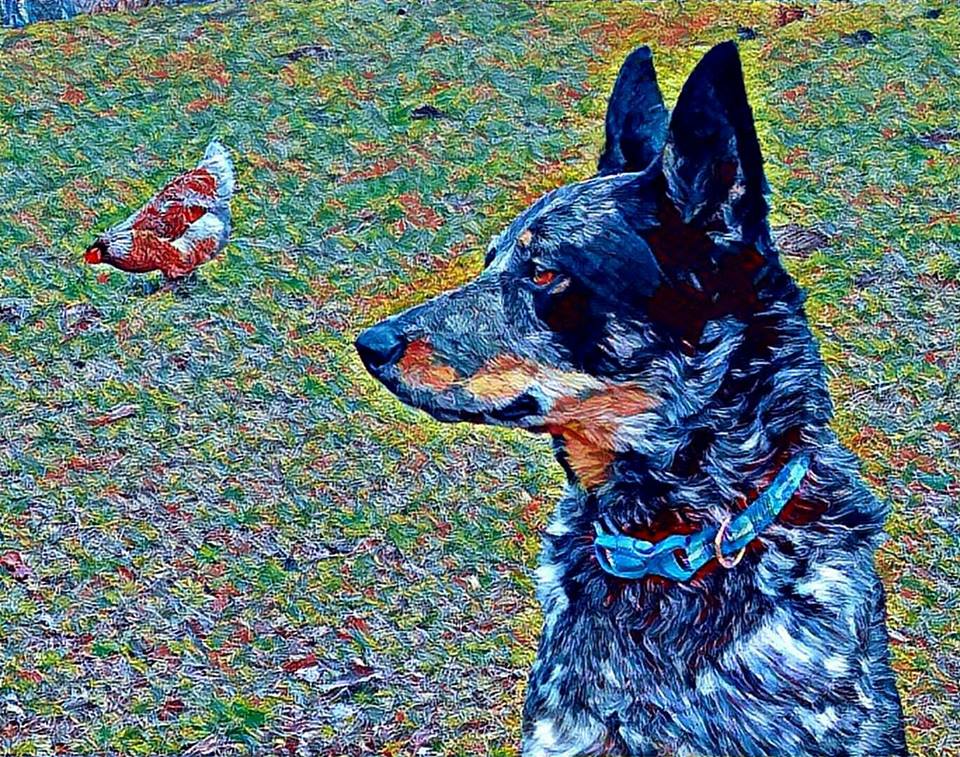Let’s Get Together
Since winter has now officially arrived, we decided it is time to integrate our young chickens into the main flock. We affectionately call these chickens the “high schoolers”. They’re a mix of Favaucanas, Whiting True Blues and Easter Eggers that we hatched this summer. These birds are awesome, they all have 5 toes instead of 4 and they’ll either lay blue or sage green colored eggs! At this point, they are about five months old and are definitely big enough to defend themselves from pecky older hens.

Integrating new birds into the flock can be tough. Everyone needs to establish/re-establish their spot in the pecking order. Happily, these high schoolers have been living in a pen just outside the main coop for a few months. Which means the older birds have gotten to see them and adjust to their presence. It’s important to wait until the young birds are almost the same size as the adults since chickens can be quite aggressive about letting everyone know where they stand in the flock. And giving each set of birds plenty of time to see but not touch each other is key to a smooth integration.

It has been about a week since we let the high schoolers out of their pen to free range with the others. Happily, it has gone quite well. Of course, there are occasional minor scuffles when someone finds a tasty treat but that is normal. So far so good. They even figured out that when Karen walks outside, rushing to the porch is a good idea; it’s likely treats will be involved. When I walk out, I’m mostly ignored or greeted with hopeful yet disappointed looks.

We’re happy to have everyone in one coop for the rest of the winter. It will keep them warmer and safer. Plus it means we have fewer waterers and feeders to tend to.








